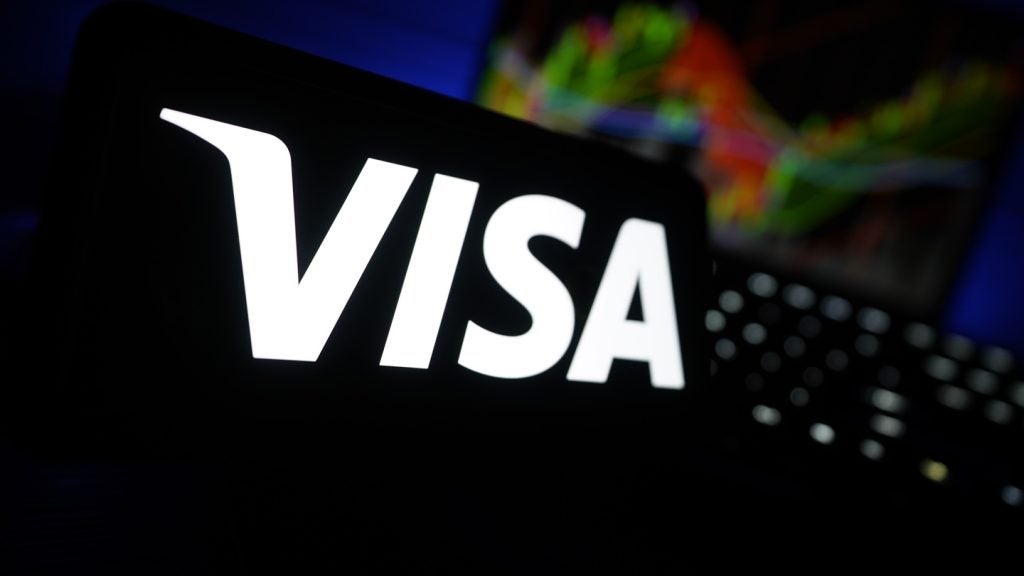The US has set an October target for the transition to chip but despite a forecast bill of $8.6bn, US banks and card issuers will not issue personal identification numbers (PINs) with new credit cards.
Instead, US issuers will continue to rely on cardholders signing at the point of sale. The reason: in a word, cost.

Access deeper industry intelligence
Experience unmatched clarity with a single platform that combines unique data, AI, and human expertise.
In the EU, we have been used to chip and PIN for as long as most of us of a certain age can remember: at a rough guess, circa 20 years.
Quite why the US issuers are adopting chip without PIN seems at first glance to be questionable. If they were unconvinced about the security benefits of chip and PIN to justify the necessary investment, why not adopt a more up to date security technology such as point-to-point encryption.
It seems a safeish bet that the introduction of chipped cards will slash credit card fraud at point of sale but on the other hand, online fraud will rise.
Aite has forecast that US online card frauds will more than double to $6.6bn from $3.3bn between 2015 and 2018.

US Tariffs are shifting - will you react or anticipate?
Don’t let policy changes catch you off guard. Stay proactive with real-time data and expert analysis.
By GlobalDataThe project involves the setting up of more than 15 million payment terminals that can read chips at a cost of not far off $7bn. To that figure you can add almost $1.5bn for banks to issue new cards and $500m to update ATMs and it starts to beg the question: at this kind of investment, why not aim for a state of the art solution and not European-security lite?
Contactless on the rise but work to be done outside London
News that the spending limit for contactless is to be raised to £30 from £20 next September can¬not help but accelerate the number of contactless transactions.
When contactless was first introduced in 2007, the limit was £10. UK transactions more than tripled last year, from payments worth £653m in 2013, to £2.32bn in 2014.







